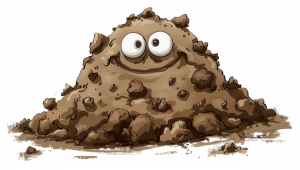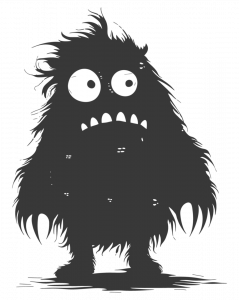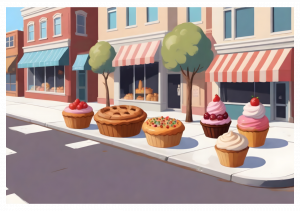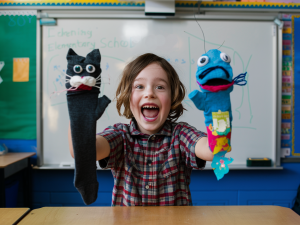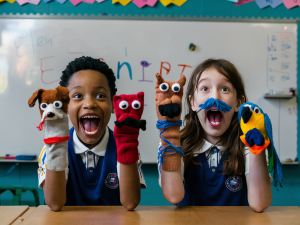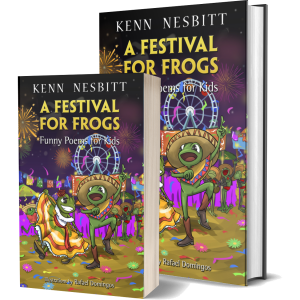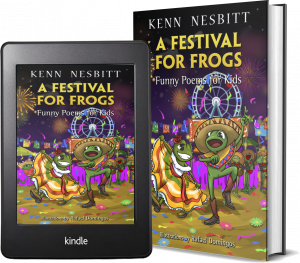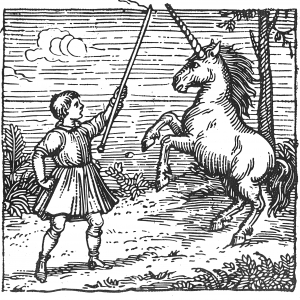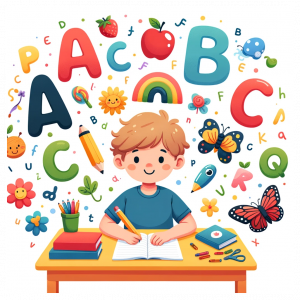As a children’s poet, I’ve long been fascinated by the magic that happens when we combine words with rhythm. There’s something almost musical about the way a well-crafted poem can stick in our minds, sometimes for years after we first hear it. Today, I’d like to explore with you, the dedicated elementary school teachers, how the rhythmic language in poetry can significantly boost memory and recall in your students.
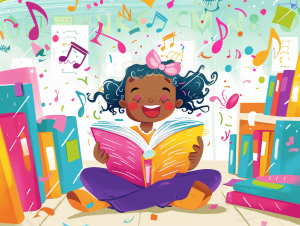
The Science Behind Poetic Rhythm
You might have noticed how easily your students pick up catchy advertising jingles or remember lyrics to their favorite songs. This isn’t just coincidence – there’s solid science behind it. Our brains are wired to recognize and remember patterns, and the meter (the rhythm) in poetry provides just that: a predictable, pleasing pattern of stressed and unstressed syllables.
Research has shown that information presented in a rhythmic format is more easily encoded in our long-term memory. This is because rhythm helps to organize information into chunks, making it easier for our brains to process and store. When we encounter rhythmic language, our brains actually synchronize with the beat, creating a stronger neural imprint of the words.
Types of Poetic Meter and Their Effects
Different types of poetic meter can have varying effects on the mood of a poem, as well as on memory and recall. While the names of these meters might be challenging to remember, the concept of each one should be simple enough.
- Iambic Meter: This is the most common meter in English poetry, with an unstressed syllable followed by a stressed one (da-DUM). It closely mimics natural speech patterns, making it particularly effective for memorization. Shakespeare’s sonnets, for example, are written in iambic pentameter. (Penta means five so, “iambic pentameter” simply means five “iambs” or five “da-DUMs.”) Dr. Seuss’ Green Eggs and Ham, on the other hand, was written in iambic tetrameter (tetra means four, so four iambs per line), resulting in “I do not like green eggs and ham / I do not like them Sam I am.”
- Trochaic Meter: The reverse of iambic, with a stressed syllable followed by an unstressed one (DUM-da). This creates a strong, marching rhythm that can be very memorable. Think of the opening lines of William Blake’s The Tyger: “Tyger! Tyger! burning bright / In the forests of the night” or Edgar Allan Poe’s The Raven: “Once upon a midnight dreary / while I pondered weak and weary.”
- Anapestic Meter: Two unstressed syllables followed by a stressed one (da-da-DUM). This creates a rolling, galloping rhythm that children often find engaging. Dr. Seuss was a master of anapestic meter, using it in many of his books, including The Cat in the Hat and The Lorax.
- Dactylic Meter: A stressed syllable followed by two unstressed ones (DUM-da-da). While less common in English poetry, it can create a rhythmic, waltz-like feel that aids memory. One famous example is Tennyson’s The Charge of the Light Brigade.
If you’ like to learn more about these different meters in poetry, I recommend you have a look at my series of simple lessons on Rhythm in Poetry.
Practical Applications in the Classroom
So, how can you harness the power of poetic rhythm to enhance your students’ learning and memory? Here are some ideas:
- Start with Nursery Rhymes: For younger students or those just beginning to learn English, nursery rhymes are an excellent starting point. Their strong rhythms and simple vocabulary make them easy to remember. Dr. Seuss’ “Beginner Books,” such as Hop on Pop, and One Fish, Two Fish, Red Fish, Blue Fish are also a great place to start for preschool students as well as beginning readers.
- Use Poetry for Key Concepts: When teaching important information in any subject, try to find or create simple rhymes that encapsulate the main points. For example, “In fourteen hundred ninety-two, Columbus sailed the ocean blue” is a classic example from history.
- Encourage Rhythm in Writing: When students are writing their own poems, encourage them to pay attention to the rhythm. Even if they’re not following a strict meter, the act of considering rhythm can help them internalize the language better.
- Clap it Out: Have students clap or tap along with the rhythm of a poem as they recite it. This physical action reinforces the rhythmic pattern and can aid in memorization.
- Rap it Out: Once students have learned to clap along with the beats in a poem, have them try rapping poems; reciting poems aloud and emphasizing the stressed syllables.
- Create Musical Connections: Many poems can be set to simple tunes. In fact, many of my poems already are. Try turning important information into singable rhymes for even stronger memory encoding.
- Use Rhythm for Vocabulary: When introducing new vocabulary, try presenting the words in rhythmic sentences or short poems. The rhythm will help students remember not just the words, but also their context and usage. If you are looking for poems containing specific vocabulary words, try using the Search menu on this website. There are nearly 1000 poems on Poetry4kids, so you are likely to find something suitable.
- Play with Tempo: Experiment with reciting poems at different speeds. Sometimes, slowing down can help students internalize the rhythm better, while speeding up can make it more fun and challenging.
Beyond Memory: Other Benefits of Rhythmic Language
While improved memory and recall are significant benefits of rhythmic poetry, they’re not the only ones. Regular exposure to poetic rhythm can also:
- Enhance Phonological Awareness: The ability to recognize and manipulate sounds in spoken language, a crucial skill for reading development.
- Improve Fluency: As students become more familiar with the rhythms of English, their overall reading fluency often improves. Additionally, they will be absorbing new vocabulary in a way that seems more like play than work.
- Boost Confidence: Successfully memorizing and reciting a poem can be a great confidence booster, especially for students who might struggle in other areas.
- Develop Public Speaking Skills: Reciting rhythmic poetry helps students become more comfortable with public speaking and develops their sense of timing and pacing. Reciting humorous poetry can also elicit applause, smiles, and other positive feedback from their classmates, making public speaking more fun and less intimidating.
- Foster Creativity: Understanding and playing with rhythm can spark creativity in students’ own writing.
A Personal Note
In my years of writing for children, I’ve seen firsthand how rhythm can make poetry stick. I often receive letters from adults who still remember poems they learned in elementary school, sometimes decades ago. This long-term retention is a testament to the power of rhythmic language.
One of my favorite examples is a poem I wrote called “My Dog Does My Homework.” It uses a simple, bouncy rhythm that children seem to pick up almost instantly. Teachers have told me that students often memorize it without even trying, simply because the rhythm makes it fun to repeat.
The Power of Fun
As we’ve explored, the rhythmic language of poetry is far more than just a pleasing aesthetic choice – it’s a powerful tool for enhancing memory and recall. By incorporating more rhythmic poetry into your lessons, you’re not just teaching language or subject matter; you’re providing your students with a mnemonic device that can serve them well beyond their school years.
Remember, poetry doesn’t have to be complex or difficult to be effective. Simple rhymes, clear rhythms, and engaging topics can go a long way in helping information stick. So don’t be afraid to get rhythmic in your classroom – your students’ memories will thank you!
Keep up the fantastic work, teachers. You’re not just educating minds; you’re creating the rhythms that will echo in your students’ memories for years to come. Thank you for all you do!
- Sensory Poetry Lesson Plan: Bringing Poems to Life Through the Five Senses - July 17, 2024
- The Power of Rhythm: How Poetic Meter Enhances Memory and Recall - July 10, 2024
- I Went to the Doctor - May 15, 2024

